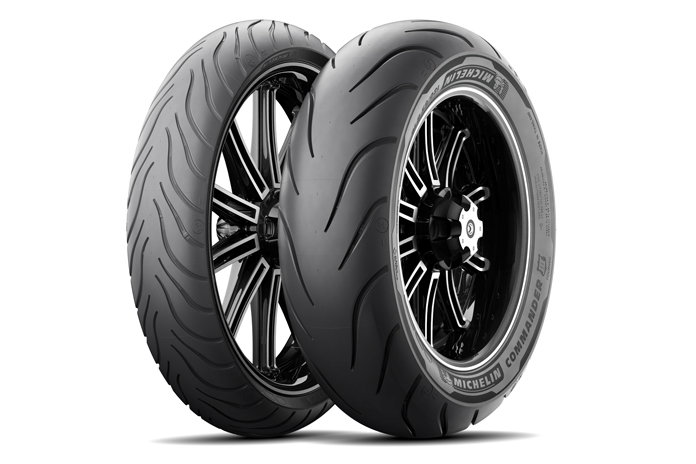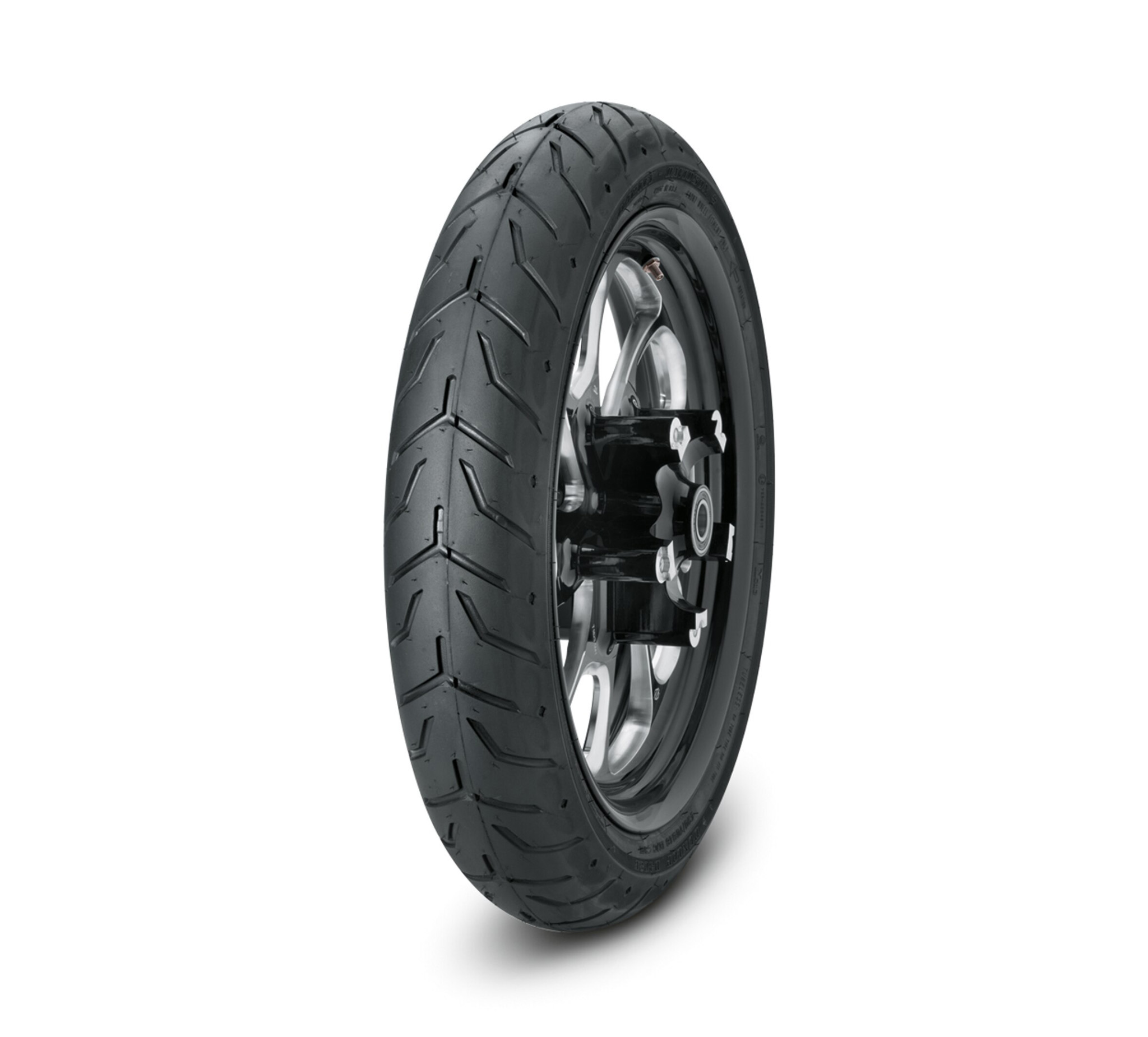Motorcycle Tyre Guide for Identifying Signs of Tread Damage
Motorcycle Tyre Guide for Identifying Signs of Tread Damage
Blog Article
Check out the Importance of Selecting the Right Tyres With Our Interesting Motorcycle Tyre Overview
Choosing the appropriate tires is essential for any type of Motorcycle enthusiast. The ideal tires boost performance, enhance security, and add to overall comfort during rides. Comprehending the various kinds, dimensions, and upkeep methods can considerably influence your riding experience. As motorcyclists face varied surfaces and problems, understanding just how to select the ideal tires ends up being paramount. What variables should be considered to assure peak performance? The solutions wait for in the following sections.
Recognizing Different Sorts Of Motorcycle Tyres
Picking the best type of Motorcycle tire may seem frustrating, comprehending the various choices offered can significantly enhance a cyclist's experience. Motorcycle tyres are mostly classified into three kinds: off-road, sport, and touring. Exploring tires are designed for long-distance travel, using resilience and comfort on freeways. These tires feature a walk pattern that gives outstanding hold and security, making them suitable for various weather condition conditions.Sport tyres, on the various other hand, prioritize efficiency and handling, featuring a softer rubber compound that improves grip during cornering. They are optimal for bikers who take pleasure in spirited rides on twisty roadways or racetracks. Off-road tires are customized for rugged terrain, with a hostile walk pattern that supplies traction on loosened surface areas like dust or crushed rock.
Analyzing Your Riding Design and Demands
Understanding how different riding conditions influence efficiency is crucial when reviewing riding design and requires. This assessment can lead motorcyclists in choosing the ideal tire types that align with their specific requirements. By considering factors such as terrain and weather condition, riders can make informed choices for suitable safety and experience.
Riding Conditions Influence
As riders navigate numerous terrains and weather, recognizing exactly how these aspects influence Motorcycle efficiency ends up being vital. Different riding environments, such as wet, dry, or off-road, need certain tyre attributes to assure security and excellent handling. As an example, damp problems call for tyres that offer far better hold to avoid hydroplaning, while off-road riding demands durable walk patterns for traction on loose surface areas. Furthermore, temperature level variations can influence tire pressure and efficiency, requiring modifications based on the problems dealt with. Bikers should assess their regular routes and settings when choosing tyres, as the appropriate option can significantly boost their riding experience, assuring both comfort and security in varied situations. Matching tyres to riding problems is necessary for effective Motorcycle efficiency.
Tire Types Overview
Understanding the numerous sorts of Motorcycle tires is important for bikers aiming to enhance their performance and security. Each tyre type satisfies certain riding conditions and designs. Sporting activity tires, created for high hold and agility, are suitable for aggressive riding and track days. Touring tyres prioritize longevity and convenience, making them appropriate for long-distance journeys. Off-road tyres feature much deeper footsteps for grip on irregular surface areas, attracting experience candidates. Cruiser tyres offer a smooth trip, frequently stressing looks for choppers and cruisers. Finally, dual-sport tires blend features of both off-road and on-road tyres, offering flexible cyclists. Assessing individual riding styles and needs warranties that the ideal tyre type is picked, eventually improving general riding experience and safety and security.
The Impact of Tyre Size on Efficiency
Tyre dimension greatly affects a motorbike's general performance, impacting handling, stability, and grip. The size and width of tires can significantly modify a bike's characteristics. Larger size tires can enhance high-speed performance, supplying smoother rides and enhanced security during straight-line traveling. They might additionally require more initiative for quick maneuvering. Conversely, narrower tires have a tendency to provide far better agility and responsiveness, making them perfect for limited corners and detailed riding conditions.Additionally, the aspect proportion, which associates with the tire's height, plays a vital role in performance attributes. A lower account tire might enhance cornering stability however can jeopardize convenience as a result of lowered cushioning. Inevitably, selecting the proper tyre dimension lines up with the rider's preferences and planned usage, whether for sporting activity, touring, or off-road riding. Recognizing these nuances warranties peak efficiency and enhances the overall riding experience.
Walk Patterns and Their Relevance
Tread patterns on Motorcycle tires play an important duty in figuring out performance, influencing variables such as hold and handling. Different sorts of walk designs accommodate numerous weather conditions and terrains, making certain excellent traction and security. Recognizing these patterns is essential for cyclists looking for to improve their Motorcycle's efficiency and safety and security.
Types of Tread Patterns
The efficiency of a bike is substantially affected by the kind of walk pattern on its tires. Various tread patterns serve certain functions, satisfying different riding conditions. Slick tyres include a smooth surface, perfect for completely dry conditions and auto racing, giving optimum grip. In comparison, tyres with intricate patterns and deep grooves are developed for damp or click here now off-road problems, enhancing water displacement and grip. Some walk styles, such as dual-purpose tyres, strike a balance for both light and on-road off-road use. motorcycle tyre guide. Furthermore, sport tyres commonly have an extra aggressive tread pattern, improving cornering security. Comprehending these kinds of step patterns assists motorcyclists pick the ideal tyres for their designated riding experiences and environmental conditions
Influence on Efficiency
Picking the right tread pattern substantially affects a motorcycle's efficiency in different riding problems. Tread patterns are created to optimize hold, handling, and stability, straight influencing cornering ability and braking performance. As an example, a much more aggressive step design improves traction on irregular surface areas, making it suitable for off-road riding. Conversely, a slicker step pattern advertises smoother adventures on smooth roads, lowering moving resistance and enhancing fuel performance. The deepness and setup of grooves additionally play an important function, enabling reliable water variation and lessening hydroplaning threats. Eventually, choosing an appropriate tread pattern customized to particular riding settings and designs assurances improved control, safety and security, and overall riding experience, highlighting the importance of this choice for Motorcycle lovers.
Weather and Surface Viability
Weather and terrain types considerably influence the viability of Motorcycle tire tread patterns. In damp conditions, tyres with much deeper grooves and certain patterns are important to transport water away and decrease the threat of aquaplaning. On the other hand, a flatter tread layout deals excellent surface get in touch with for completely dry roadways, improving hold and security. For off-road riding, bumpy tires provide increased grip on loosened surfaces like mud and crushed rock. Each walk pattern serves a distinct objective; because of this, picking the ideal tire is necessary for efficiency and safety. Cyclists should consider their common riding environment-- whether metropolitan, rural, or differed surfaces-- to guarantee their tyres can sufficiently handle the conditions, advertising a more secure and more enjoyable riding experience.
Maintaining Your Motorcycle Tyres for Long Life
While Motorcycle fanatics usually focus on efficiency and appearances, neglecting tyre upkeep can lead to early wear and dangerous riding problems. Consistently inspecting tyre stress is vital, as both under-inflation and over-inflation can adversely affect dealing with and grip. Additionally, keeping the proper pressure can web link boost fuel efficiency and total performance.Routine assessments for indicators of damage, such as splits or slits, likewise play an essential role in expanding tyre life. Maintaining tyres tidy from debris and impurities warranties peak grip. In addition, revolving tires on a regular basis aids distribute put on uniformly, lengthening their lifespan.Proper positioning and balancing of the wheels are required for keeping security and decreasing uneven wear. Adhering to the producer's recommendations for tire replacement intervals guarantees that cyclists are geared up with trusted and risk-free tyres. By prioritizing these maintenance techniques, motorcyclists can delight in a safer and longer-lasting riding experience.
Acknowledging Tire Wear and When to Change
To assure optimal safety and security and performance, bikers need to be attentive in identifying tyre wear and knowing when to change their tires. Tire step depth is an important indication; a depth of 1.6 mm or much less normally indicates the need for substitute. Motorcyclists ought to also examine the tyres for irregular wear patterns, which can suggest positioning or suspension issues. Cracks, bulges, or noticeable cables are major signs of wear and tear and warrant instant replacement.Monitoring tire stress is necessary as under-inflation can accelerate wear and compromise safety and security. Additionally, riders should recognize the age of their tires; even if the step shows up sufficient, tires older than five years might require changing because of rubber deterioration. Normal evaluations and maintenance will certainly help determine that tyres continue to be in peak problem, ultimately enhancing both cyclist security and general Motorcycle performance.

Tips for Picking the Right Tyres for Your Bike
Choosing the appropriate tires for a motorbike is paramount for ensuring excellent efficiency and security, particularly after acknowledging the indicators of wear that demand replacement. Motorcyclists need to consider their riding style and the types of problems they normally run into. Sport tires supply improved grasp for aggressive riding, while exploring tyres provide durability and convenience for lengthy journeys.Next, it's essential to inspect the maker's requirements for the Motorcycle, as these standards ensure compatibility. In addition, reviewing tyre dimension, walk pattern, and rubber substance can affect performance. Cyclists must also factor in weather condition conditions; particular tyres execute better in completely dry or wet environments.Finally, buying from credible brands can ensure top quality and reliability, while consulting fellow cyclists or specialists can supply useful understandings. By thoroughly taking into consideration these elements, cyclists can select tyres that enhance their Motorcycle's efficiency, safety, and overall riding experience.
Regularly Asked Inquiries
Just How Do Weather Condition Conditions Affect Tyre Efficiency?
Climate condition substantially impact tire efficiency, influencing grasp, taking care of, and use. Rain can decrease traction, while severe warmth might cause overheating. Cold temperature levels can solidify rubber, endangering flexibility, therefore influencing overall security and ability to move on the road.
Can I Mix Different Tire Brands on My Motorcycle?
Blending various tire brands on a motorbike can bring about irregular handling and performance - motorcycle tyre guide. Professionals advise using the very same brand name and model for both back and front tyres to assure optimum safety and security and stability throughout trips
What Is the Typical Lifespan of Motorcycle Tyres?

Do Motorcycle Tyres Need to Be Well balanced?
Motorcycle tires do require balancing to assure even weight circulation. Correctly well balanced tyres improve security, improve handling, and minimize unequal wear, inevitably adding to a more secure and extra comfortable riding experience for motorcyclists.
How Often Should I Check My Tyre Pressure?
Regular checks of tyre stress are necessary for Check This Out safety and efficiency. It is advised to check Motorcycle tire stress a minimum of as soon as a month and soon experiences, making sure excellent handling and fuel performance. These tires include a walk pattern that supplies exceptional grip and security, making them appropriate for various climate conditions.Sport tires, on the other hand, focus on efficiency and handling, featuring a softer rubber substance that improves grasp throughout cornering. Conversely, narrower tires have a tendency to supply better agility and responsiveness, making them excellent for tight edges and detailed riding conditions.Additionally, the facet ratio, which associates to the tire's elevation, plays a critical role in performance qualities. Adhering to the maker's recommendations for tyre replacement periods assures that bikers are geared up with risk-free and dependable tyres. To assure suitable security and efficiency, bikers must be attentive in recognizing tire wear and recognizing when to replace their tyres. Sporting activity tyres offer enhanced grip for aggressive riding, while touring tires supply resilience and convenience for long journeys.Next, it's important to check the producer's specs for the Motorcycle, as these standards assure compatibility.
Report this page